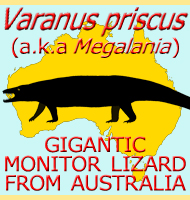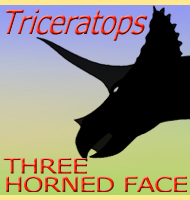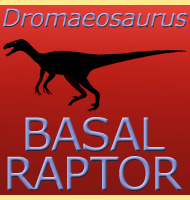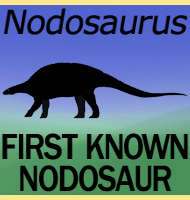


Palaeosaniwa
Name:
Palaeosaniwa
(Ancient Saniwa).
Phonetic: Pay-lee-oh-san-e-wa.
Named By: Charles Whitney Gilmore - 1928.
Classification: Chordata, Reptilia, Squamata,
Varanoidea, Varanidae.
Species: P. canadensis
(type).
Diet: Carnivore.
Size: Possibly about 3 meters long.
Known locations: Canada, Alberta. USA,
Montana & North Dakota.
Time period: Campanian to Maastrichtian of the
Cretaceous.
Fossil representation: Remains of many individuals,
though often just teeth and vertebrae, two partial skeletons are
known.
Perhaps
the
easiest way to describe Palaeosaniwa is as a late
Cretaceous monitor
lizard. Indeed the name Palaeosaniwa actually
means ‘ancient
Saniwa’, a reference to the genus Saniwa
which was a kind of
monitor lizard that lived in North America later during the Eocene.
The
teeth of Palaeosaniwa are
flattened like blades with small serrations along the edges which mean
that Palaeosaniwa was a killer of vertebrates such
as other lizards,
primitive mammals to probably small dinosaurs and the eggs,
hatchlings and small juveniles of larger species. Palaeosaniwa
however was not the top predator of the time as predatory dinosaurs
such as dromaeosaurs,
troodonts
and tyrannosaurs
were all active in
the same habitats as Palaeosaniwa.
Further reading
- Fossil lizards of North Ameria’, Charles W. Gilmore -
1928.
----------------------------------------------------------------------------
Random favourites
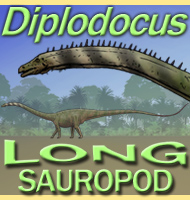 |
 |
 |
